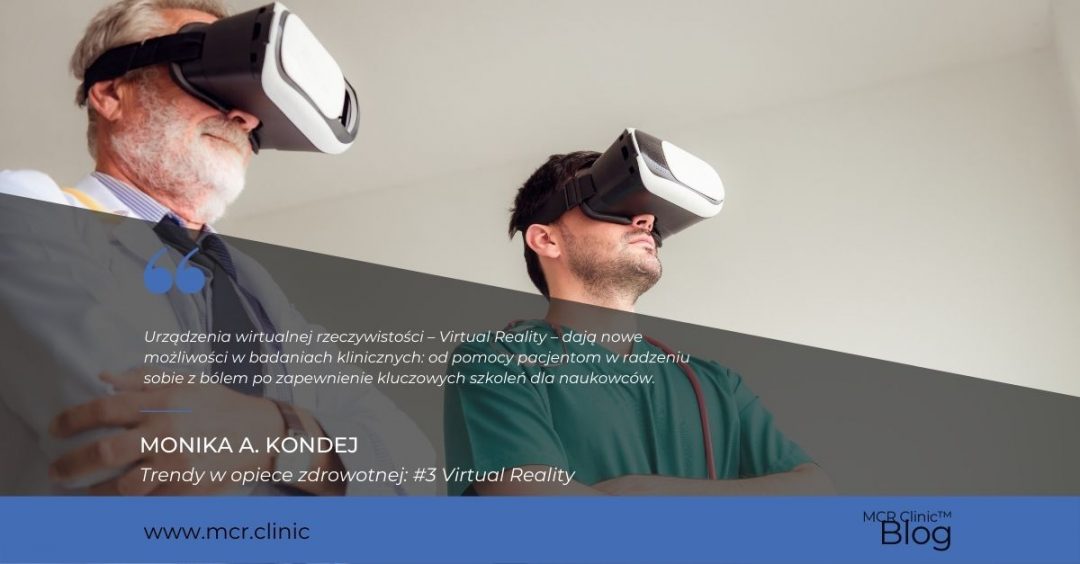Has Covid-19 initiated the processes of moving certain activities online, doing them “remotely”? Or has it just accelerated what was inevitable anyway and, due to the pandemic, simply happened much faster?
Remote is a word that has been used in all possible contexts in the last 12 months: remote teaching, remote working, remote medical visits.
In the context of clinical research, this remoteness is important in two areas:
- conducting clinical trials in terms of contact with patients participating in the trial
- conducting monitoring of clinical trials
Patient safety and study integrity
Traditionally, effective monitoring of clinical trials meant providing physical monitoring visits to sites. This was the only way to ensure patient safety and supervise study integrity.
Physical visits were necessary to protect the integrity and prevent accidental corruption of data during reading, writing, transmission, or storage.
As a result of such visits, the monitor reported on the status and quality of the clinical trial. Verification of protocol data with patients’ medical data was also important in their work.
Remote cooperation in this regard between the research center and the sponsor was simply impossible.
Costs increase, efficiency decreases
The scope of modern clinical trials – their size (number of participants, geographic scope) and complexity – contributes to a steady decline in the effectiveness of traditional, physical monitoring visits.
The costs of such visits are still rising, and so are the planned budgets of individual studies. It is therefore natural for research centers to seek budget optimization.
Moreover, traditional monitoring visits do not ensure 100% reliability and data security. This is compounded by the limitations caused by the Covid pandemic.
These two factors, cost-effectiveness and limitations caused by the Covid pandemic, have significantly influenced regulators and pharmaceutical companies to seek new solutions.
New procedures – the implementation of which has been greatly accelerated by the pandemic – involve moving some monitoring activities to the network (so-called remote monitoring) and creating hybrid solutions, i.e. combining physical visits with remote work on data.
New regulations
Regulatory bodies, mainly under pressure from the current epidemic situation, have begun to look more favorably at remote/hybrid solutions.
As a result, a number of guidelines have emerged in recent months, including those issued in this regard by the European Medicines Agency (EMA) and the US Food and Drug Administration (FDA).
This largely address the problem of monitoring research during a pandemic. They allow to switch (to some extent) from physical visits of monitors in the centers to remote monitoring – in specific cases – through, among others, direct, appropriately supervised remote access to electronic medical data of patients participating in the study (Guidance on the management of clinical trials during the Covid-19 pandemic – version 4, 28/02/2021).
In Poland, however, a similar document has not yet been issued, so the changes in the monitoring of clinical trials are based directly on European guidelines.
In the following posts, we will take a closer look at the changes in individual countries and analyze the situation in Poland. In two weeks’ time, you will read about the latest trends in clinical trials.



